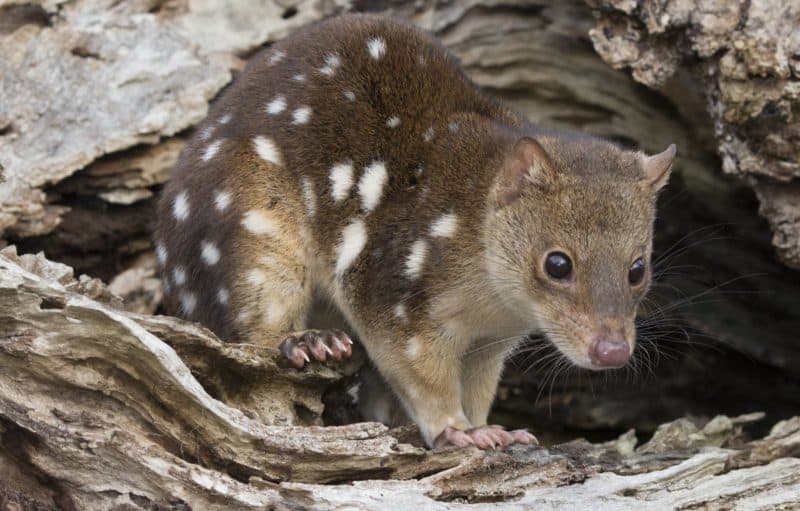Have you heard that our state’s Airport Rail Link is getting under way? It’s certainly a good project for Melbourne. The trouble is, the Airport Rail isn’t going to be good for some of our vulnerable grasslands.
In the past rail lines have been a refuge for this critically endangered ecosystem. Because of a history of fuel reduction, minimal or infrequent grazing, and the lack of exposure to fertiliser, many of our last patches of urban grasslands are nestled alongside rail corridors.
But today, the proposed rail construction plans are threatening these few surviving patches of habitat.
To prevent avoidable intrusion into the native vegetation, Rail Projects Victoria have been careful with their “no-go” zones. But light, noise, dust and general human error will heavily impact the fragile flora and fauna that call these grasslands home.
Grasslands are subtle. To the untrained eye the rich web of life that lives within them isn’t obvious. Animals and plants that make grasslands their home are on the edge of extinction. The Spiny Riceflower, Matted Flax Lily, Growling Grass Frog, Striped Legless Lizard and the Golden Sun Moth are all critically endangered.
We’ve only seen a portion of the route plans so far, but already remnant patches have been flagged for clearing. The Link runs immediately adjacent to Denton Avenue Grassland, Mathews Hill Grassland and Solomon Heights Grasslands, just to name a few.
There are many important reasons the construction of the Rail Project needs to be carefully managed.
- Grasslands are an important part of the West’s identity. Over 95 per cent of Victoria’s original grasslands have been destroyed. Let’s not railroad the surviving patches.
- Keep offsets local: Offsets are unacceptable and result in the loss of native vegetation. Locally this might be the last patch of remnant vegetation. If offsets must be done, they should be within the same suburb or at the least the same local government area.
- It’s vital that during construction of the Rail Link, the natural hydrology of the grassland areas surrounding the project aren’t negatively impacted.
- Grasslands are fragile and easily damaged. It is important to make sure any established no-go zones are properly managed with appropriate oversight.
- Revegetation of the rail corridor should be with indigenous grassland plants that create habitat and help our grasslands thrive again.
Visit the Grassy Plains Network to find out more about this issue. You can also read more about the Solomon Heights Grasslands.
UPDATE (Friday 22 October):
- Feedback on Engage Victoria’s project is now closed. Thank you to all who took time to ask them to protect our biodiversity, and minimise constructions impacts on our precious grasslands.
- Next steps: The survey responses are being integrated into the planning and design “to ensure community insights are taken into consideration for Melbourne Airport Rail”.
- Sign up to the Grassy Plains Network newsletter to stay up to date on this important conservation issue.
Growling Grass Frog © Photo: James White
